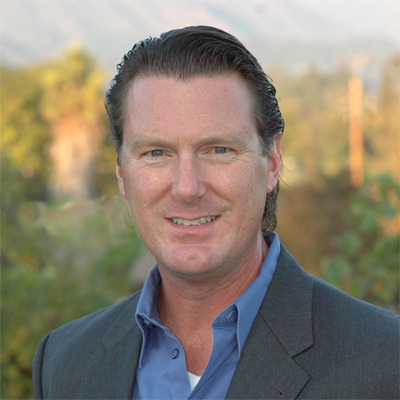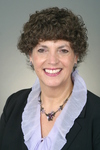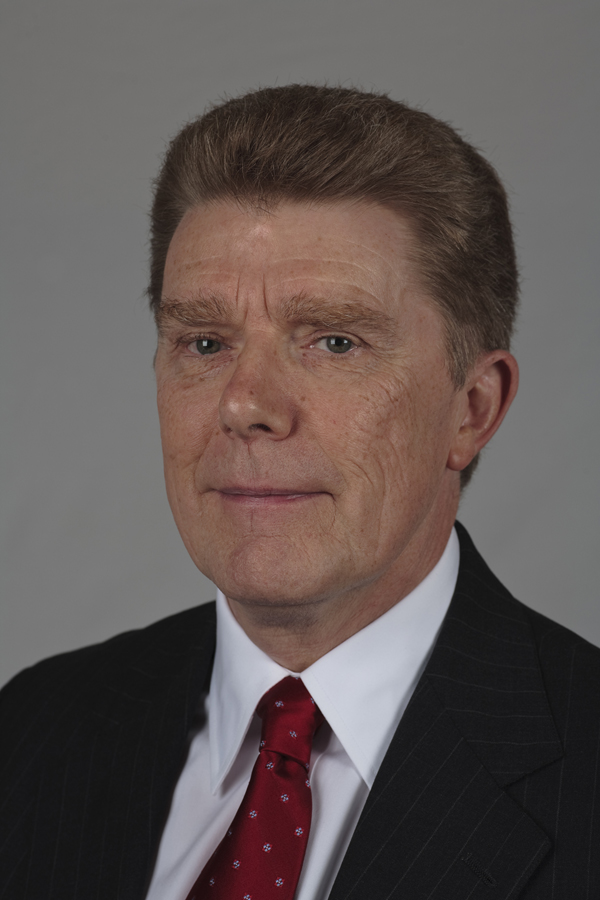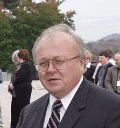13
May
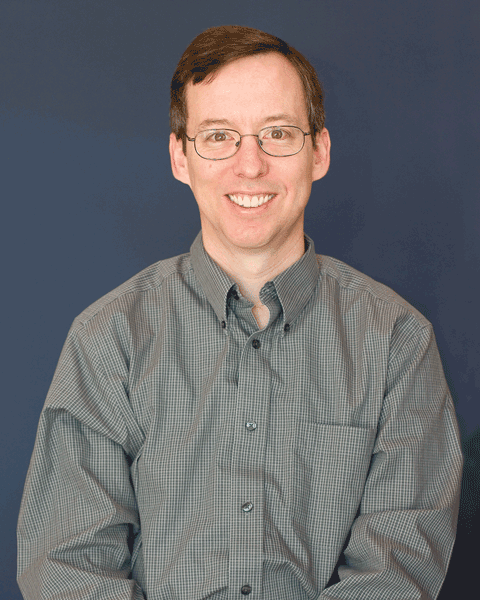 After the dust settled for Ken Varnum I had the opportunity to interview him about winning the top prize in this year’s Federated Search Blog contest.
After the dust settled for Ken Varnum I had the opportunity to interview him about winning the top prize in this year’s Federated Search Blog contest.
- How did you hear about the Federated Search Blog contest?
I saw it mentioned on a listserv I subscribe to (web4lib, I think). I remember seeing the contest advertised last year, as well, although I did not enter it then.
- What inspired you to enter the contest?
I had been thinking about the ‘problem’ of federated search for some time and had already started a project at the University of Michigan Library that was somewhat narrower than what was described in the “Project Lefty” essay I submitted. I was frankly curious if the ideas I had been working on for some time had any resonance outside my library and, if so, what sort of feedback I might receive.
Read the rest of this entry »
12
Apr
 Ken Varnum, Web Systems Manager at the University of Michigan Library, won first prize of $1,000 in the second annual Federated Search Blog contest. Ken’s essay, Project Lefty: More Bang for the Search Query, was judged best by the five federated search experts who evaluated the entries. His essay is featured in this month’s Computers in Libraries Magazine. As another perq of winning top prize, Ken was a speaker today at the Computers in Libraries Conference, on the panel: Innovative Applications of Federated Search Technology.
Ken Varnum, Web Systems Manager at the University of Michigan Library, won first prize of $1,000 in the second annual Federated Search Blog contest. Ken’s essay, Project Lefty: More Bang for the Search Query, was judged best by the five federated search experts who evaluated the entries. His essay is featured in this month’s Computers in Libraries Magazine. As another perq of winning top prize, Ken was a speaker today at the Computers in Libraries Conference, on the panel: Innovative Applications of Federated Search Technology.
Deep Web Technologies, blog and contest sponsor, paid for Ken’s travel and lodging expenses to the conference. Deep Web Technologies founder and President, Abe Lederman, handed Ken a $1,000 check at the Conference this afternoon. Deep Web Technologies also gave prizes of $500 and $250 to Hope Leman and Dave Walker, the second and third place winners.
More information about Ken’s winning entry and the contest is available in Deep Web Technologies’ Press Release. [ Note: There's an error in the Press Release. Ken's essay really appears in Computers in Libraries magazine, not in Searcher magazine. I wrote the Press Release and I regret the error. ]
Update, 4/14/10: Ken’s slides from the panel are here.
8
Mar
Hope Leman received a $500 prize for achieving second place in the 2nd annual Federated Search Blog contest. Her essay, Not So Wild a Dream: The Science 2.0 Federated Search Dream Machine, is published here in its entirety.
 Hope is a research information technologist for Samaritan Health Services in Oregon where she is helping to develop a service to help scientists and public health researchers find professional conferences and places to submit their research papers. Hope’s essay shares her dream of creating a federated search engine to help scientists with some key aspects of research: finding the current state of research on a topic and finding calls for papers and presentations.
Hope is a research information technologist for Samaritan Health Services in Oregon where she is helping to develop a service to help scientists and public health researchers find professional conferences and places to submit their research papers. Hope’s essay shares her dream of creating a federated search engine to help scientists with some key aspects of research: finding the current state of research on a topic and finding calls for papers and presentations.
Not So Wild a Dream: The Science 2.0 Federated Search Dream Machine
by Hope Leman
Many of us love someone who is ill. Most of us have loved someone who has been cut down far too early in life from illness. What can we do to enable scientific researchers to make quicker progress on advances in such fields as cell biology, neuroscience, pharmacology and other realms that will lead to breakthroughs that will help prevent or cure devastating diseases? We can make crucial information easier to find and disseminate. Federated searching (the ability to search multiple databases simultaneously) is one way to do that.
Read the rest of this entry »
17
Feb
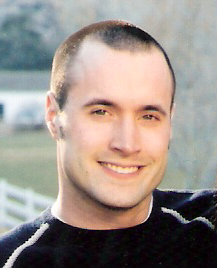 David Walker received third place in the Federated Search Blog contest. David, library web services manager at California State University, produced a video titled “Using Metasearch to create a journal table of contents alerting service.” The video describes the work his library is doing to connect researchers to journal articles. The challenge is that while many publishers have alerting services to notify subscribers of new content, procedures for accessing the services vary greatly between publishers. Additionally, these publisher-provided services typically provide links to content that a researcher may not have permission to access due to authentication and location issues. David explains how combining a number of existing technologies overcomes these hurdles.
David Walker received third place in the Federated Search Blog contest. David, library web services manager at California State University, produced a video titled “Using Metasearch to create a journal table of contents alerting service.” The video describes the work his library is doing to connect researchers to journal articles. The challenge is that while many publishers have alerting services to notify subscribers of new content, procedures for accessing the services vary greatly between publishers. Additionally, these publisher-provided services typically provide links to content that a researcher may not have permission to access due to authentication and location issues. David explains how combining a number of existing technologies overcomes these hurdles.
Here’s a link to David’s video.
 After the dust settled for Ken Varnum I had the opportunity to interview him about winning the top prize in this year’s Federated Search Blog contest.
After the dust settled for Ken Varnum I had the opportunity to interview him about winning the top prize in this year’s Federated Search Blog contest. Hope is a research information technologist for Samaritan Health Services in Oregon where she is helping to develop a service to help scientists and public health researchers find professional conferences and places to submit their research papers. Hope’s essay shares her dream of creating a federated search engine to help scientists with some key aspects of research: finding the current state of research on a topic and finding calls for papers and presentations.
Hope is a research information technologist for Samaritan Health Services in Oregon where she is helping to develop a service to help scientists and public health researchers find professional conferences and places to submit their research papers. Hope’s essay shares her dream of creating a federated search engine to help scientists with some key aspects of research: finding the current state of research on a topic and finding calls for papers and presentations. David Walker received third place in the
David Walker received third place in the 
